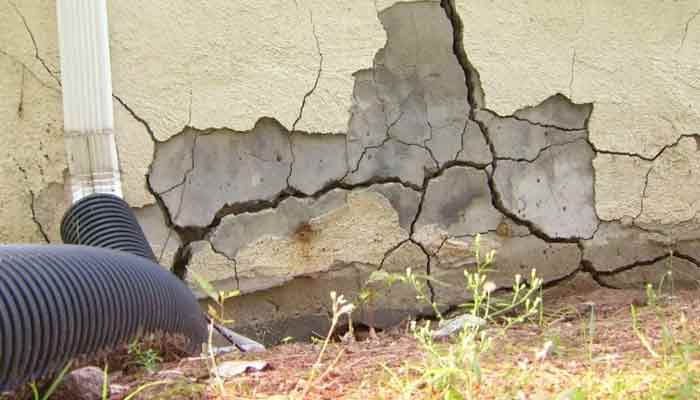Your
house sits on the foundation, which is the most important thing structurally.
It has to be strong, there is no two-way about it, but the problem arises when
the foundation is affected by the weather conditions. Even the strongest
foundations aren’t immune to the effects of weather. Rain, heat, snow, and
everything in between slowly shape what’s happening below your floors. It
doesn’t happen all at once. Over the years, it slowly starts to show up and
surprises you in an instant. Different weather conditions will have different
effects on the foundation. As a homeowner, it is important to understand them
and take action if anything feels out of the ordinary.
It can also be difficult for the homeowners to understand the technicalities. You can simply contact our team, and we will explain why you should get your foundation repaired with our Foundation Services in Dallas, TX. Dry weather, heavy rain, and snowfall all have different effects on the foundation of the house. Here’s a breakdown of these effects.
Dry Weather
Dry weather does not always mean good news. Longer stretches of dry spell can cause the wood or the foundation to lose moisture. Dry spells can be hard on your foundation. In certain types of soil, especially clay-heavy areas, a lack of moisture causes the ground to shrink. As that soil pulls away from the foundation, empty pockets form beneath your home. Without steady support underneath, parts of the foundation can settle unevenly. This creates stress in the structure that shows up later as cracks in your walls, sticking doors, or uneven floors. If your home is older or already has minor foundation shifts, dry conditions can make them worse.
Heavy Rainfall
After a dry spell, when rain comes, the soil dries up. The ground soaks it up fast. That dry, shrunken soil swells quickly. This sudden volume change creates pressure around your foundation. If the soil around your home stays waterlogged for too long, it can start pushing in against basement walls or slab edges. Over time, this pressure can cause bowing, cracks, or leaks. It’s called hydrostatic pressure, and it’s one of the top reasons water finds its way inside homes during storms.
Snowfall
Foundation
issues often show up in winter and early spring. When water in the soil
freezes, it expands. That frozen ground can push against your home’s
foundation. Then, as the ice thaws, everything contracts again. This cycle
repeats every time the temperature swings. The constant movement places small
stresses on the structure, which add up over time. Even homes with strong
concrete foundations can experience cracking, especially near corners or window
wells, as a result of this freeze-thaw action.


Leave a Comment